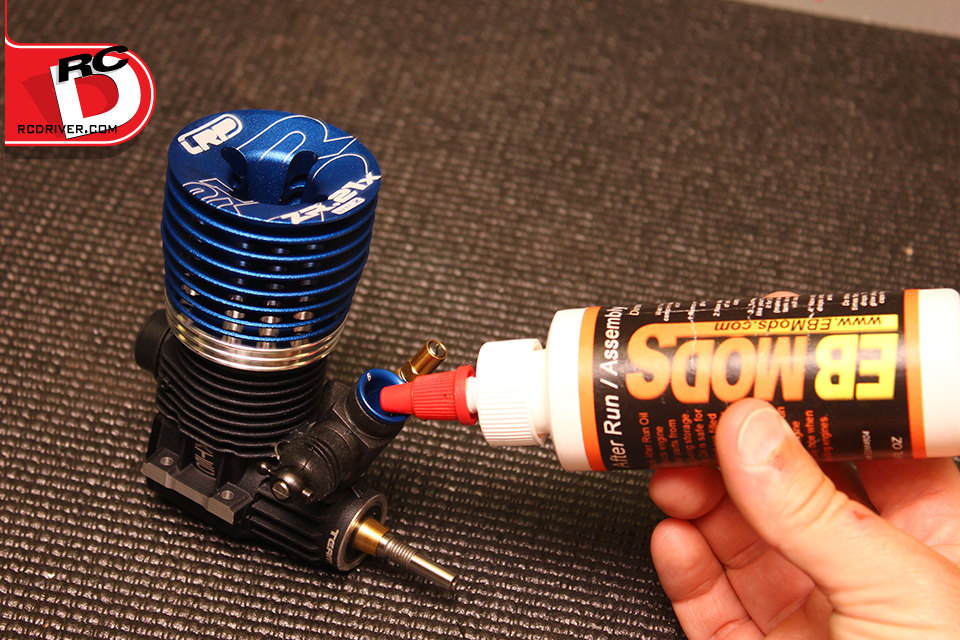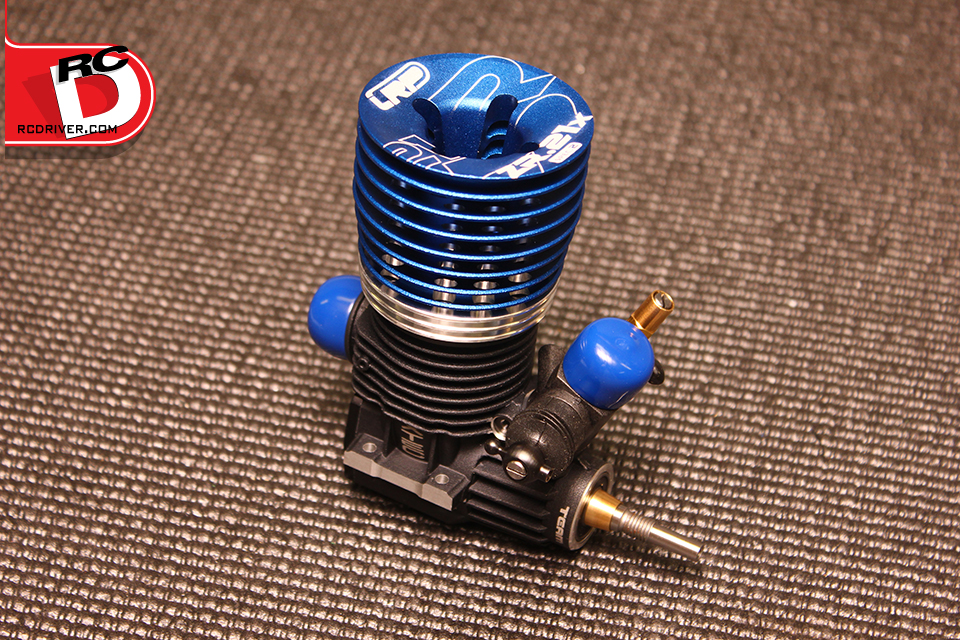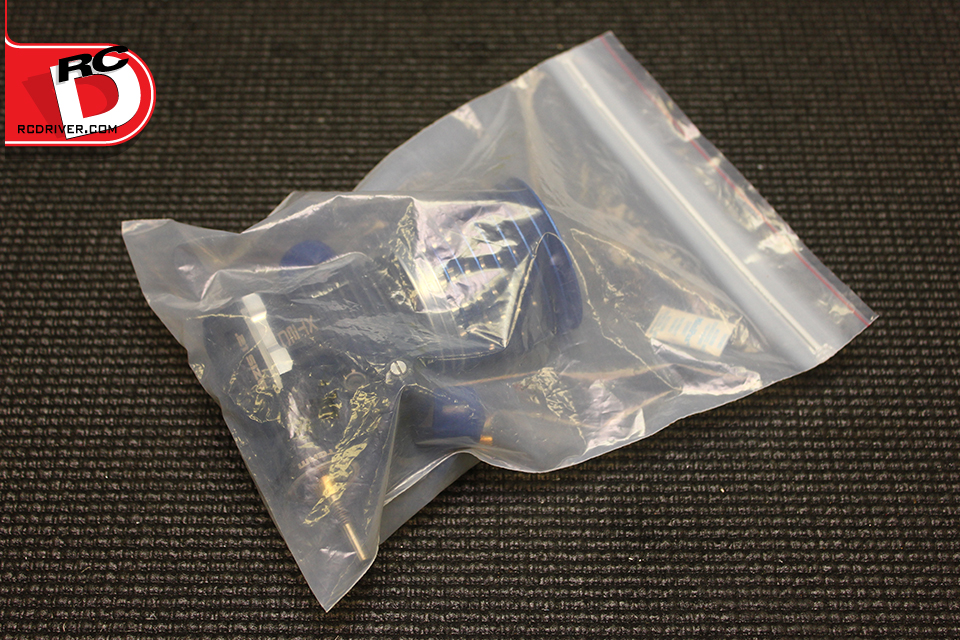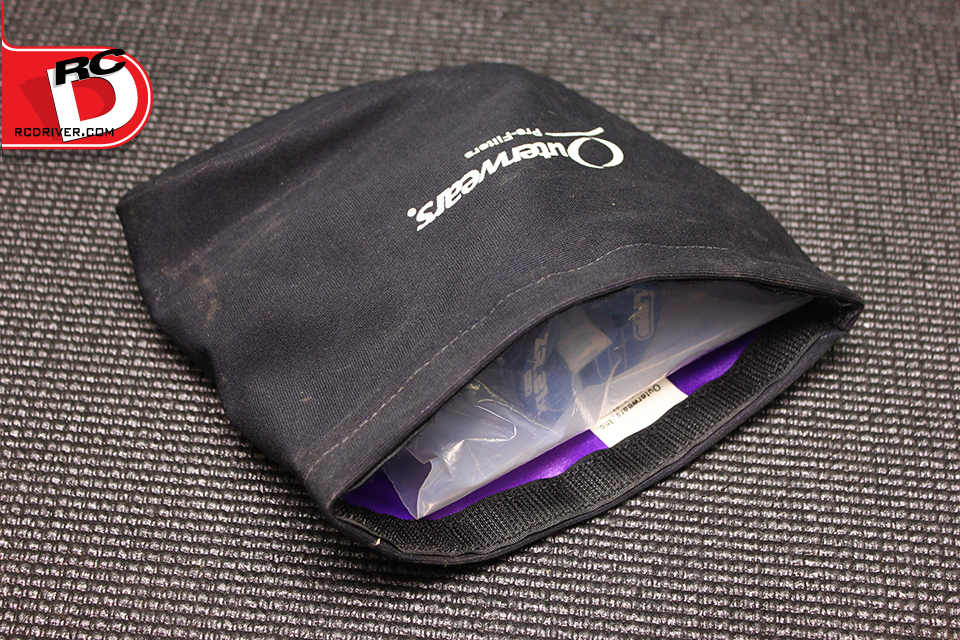Gearing A Basic Overview
On
an electric car, there are 2 Gears on your car
that you need to worry about changing: the Spur
Gear and the Pinion Gear. The Pinion Gear is the
one attached to the motor, the Spur Gear being
the gear the pinion comes in contact with. On
a Nitro vehicle, you might have 4 gears...2 for
the 2-speed on the motor and 2 for the 2-speed
on the 'drive train'.
Changing the Pinion or Spur Gears will result in much different results.
On the Pinion Gear, the higher the number of teeth, the faster (top end) your car will have, but you will lose acceleration. The lower the number of teeth, the faster your car will accelerate, but you will lose top end. More top end usually results in less run time, also.
On the Spur Gear, the higher the number of teeth, the more acceleration the car will have, but the less top end. The lower the number of teeth the more top end you will have, but you will lose acceleration.
Changing the Gearing
On an electric car, the Pinion is changed by loosening the screws to the motor (or, in some cases, removing it from the car) and then removing the Pinion. Slide the new Pinion on, re-install in car (if applicable), and adjust the Gear mesh.
To change the Spur requires a little more work. Depending on the vehicle you own, it could be as easy as removing 2 screws or disassembling a whole portion of the car. See your instruction manual for the procedure as it applies to your vehicle.
On a Nitro vehicle, changing the Pinion gears requires the removal of the motor from the car (in most cases). You will then need to remove the gears from the clutch bell and replace with the appropriate gears.
Changing the Spur Gears on a Nitro vehicle requires the disassemble of a portion of the car (in most cases) to remove the gears and replace with the appropriate ones. See your instruction manual for the procedure as it applies to your vehicle. more
Changing the Pinion or Spur Gears will result in much different results.
On the Pinion Gear, the higher the number of teeth, the faster (top end) your car will have, but you will lose acceleration. The lower the number of teeth, the faster your car will accelerate, but you will lose top end. More top end usually results in less run time, also.
On the Spur Gear, the higher the number of teeth, the more acceleration the car will have, but the less top end. The lower the number of teeth the more top end you will have, but you will lose acceleration.
Changing the Gearing
On an electric car, the Pinion is changed by loosening the screws to the motor (or, in some cases, removing it from the car) and then removing the Pinion. Slide the new Pinion on, re-install in car (if applicable), and adjust the Gear mesh.
To change the Spur requires a little more work. Depending on the vehicle you own, it could be as easy as removing 2 screws or disassembling a whole portion of the car. See your instruction manual for the procedure as it applies to your vehicle.
On a Nitro vehicle, changing the Pinion gears requires the removal of the motor from the car (in most cases). You will then need to remove the gears from the clutch bell and replace with the appropriate gears.
Changing the Spur Gears on a Nitro vehicle requires the disassemble of a portion of the car (in most cases) to remove the gears and replace with the appropriate ones. See your instruction manual for the procedure as it applies to your vehicle. more









